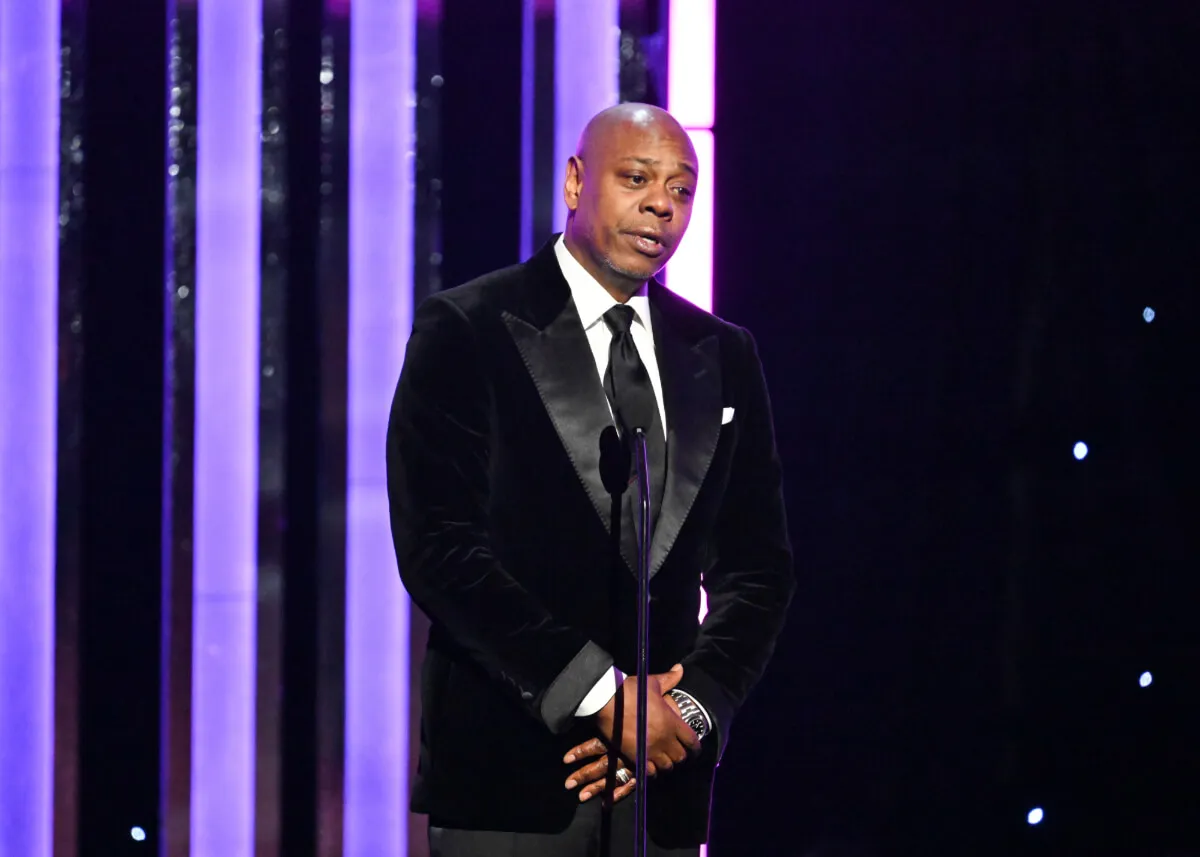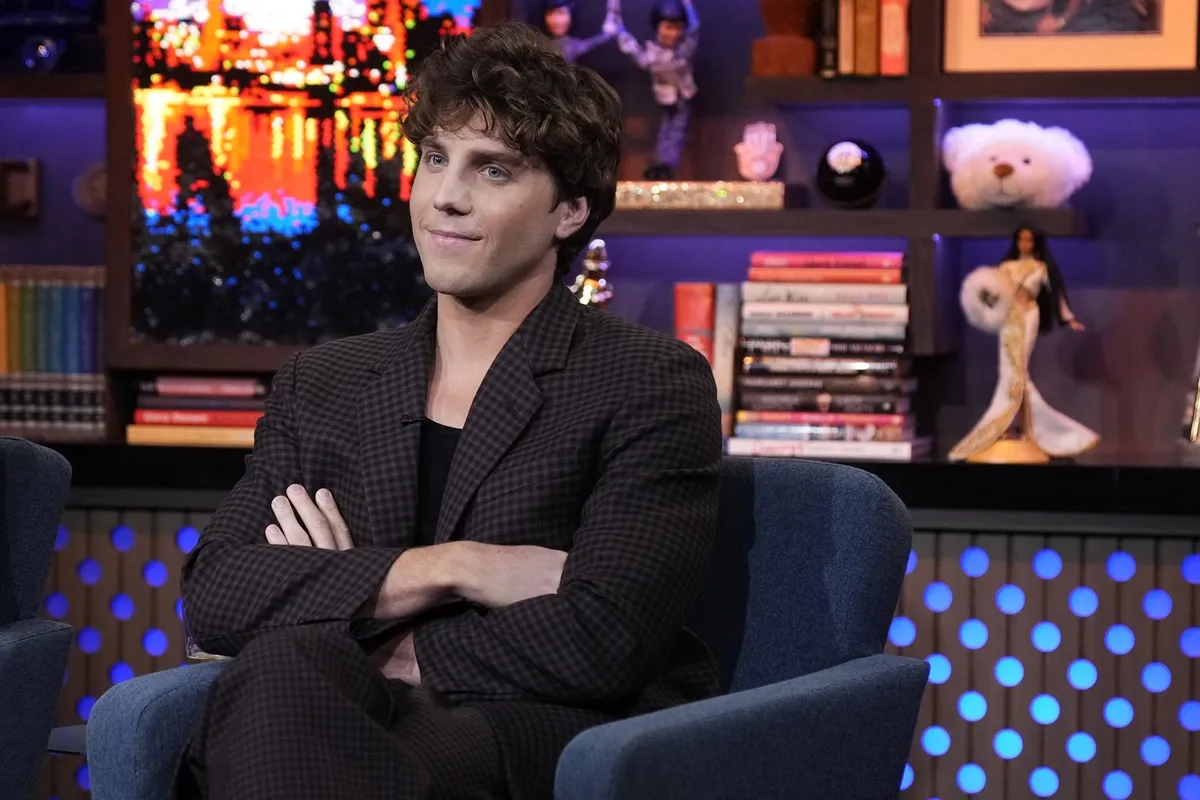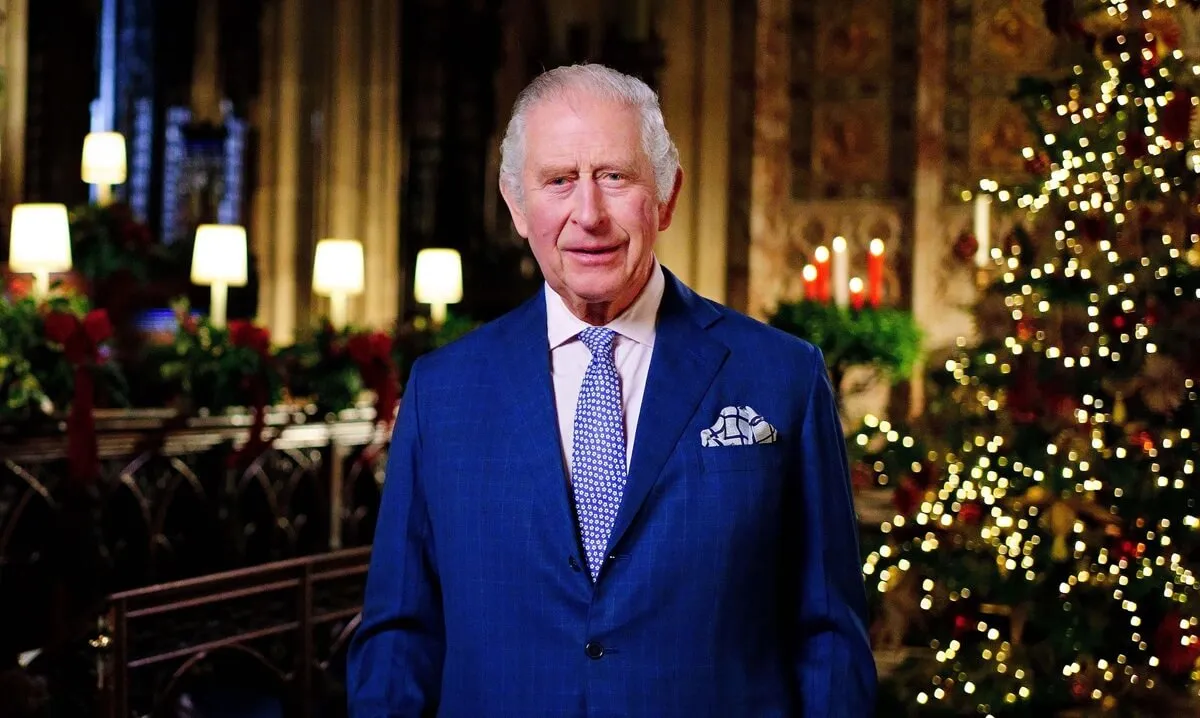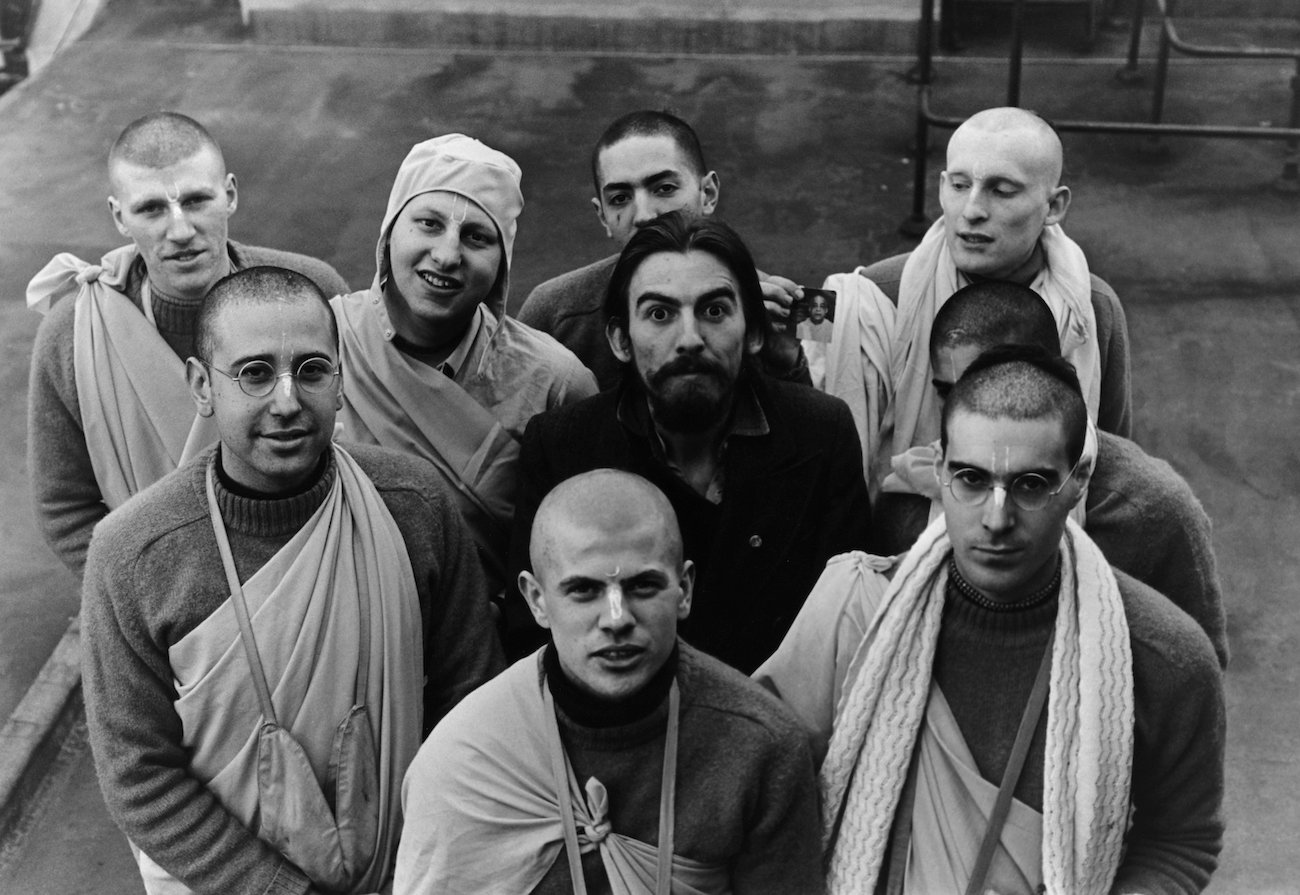
George Harrison Fulfilled the Prophecy of a 16th-Century Yogi
George Harrison fulfilled the prophecy of a 16th-century yogi called Chaitanya. The ancient guru predicted people around the world would chant to Krishna. Centuries later, George gave the modern world a song that combined an age-old mantra and contemporary rock ‘n’ roll. It went to No. 1.
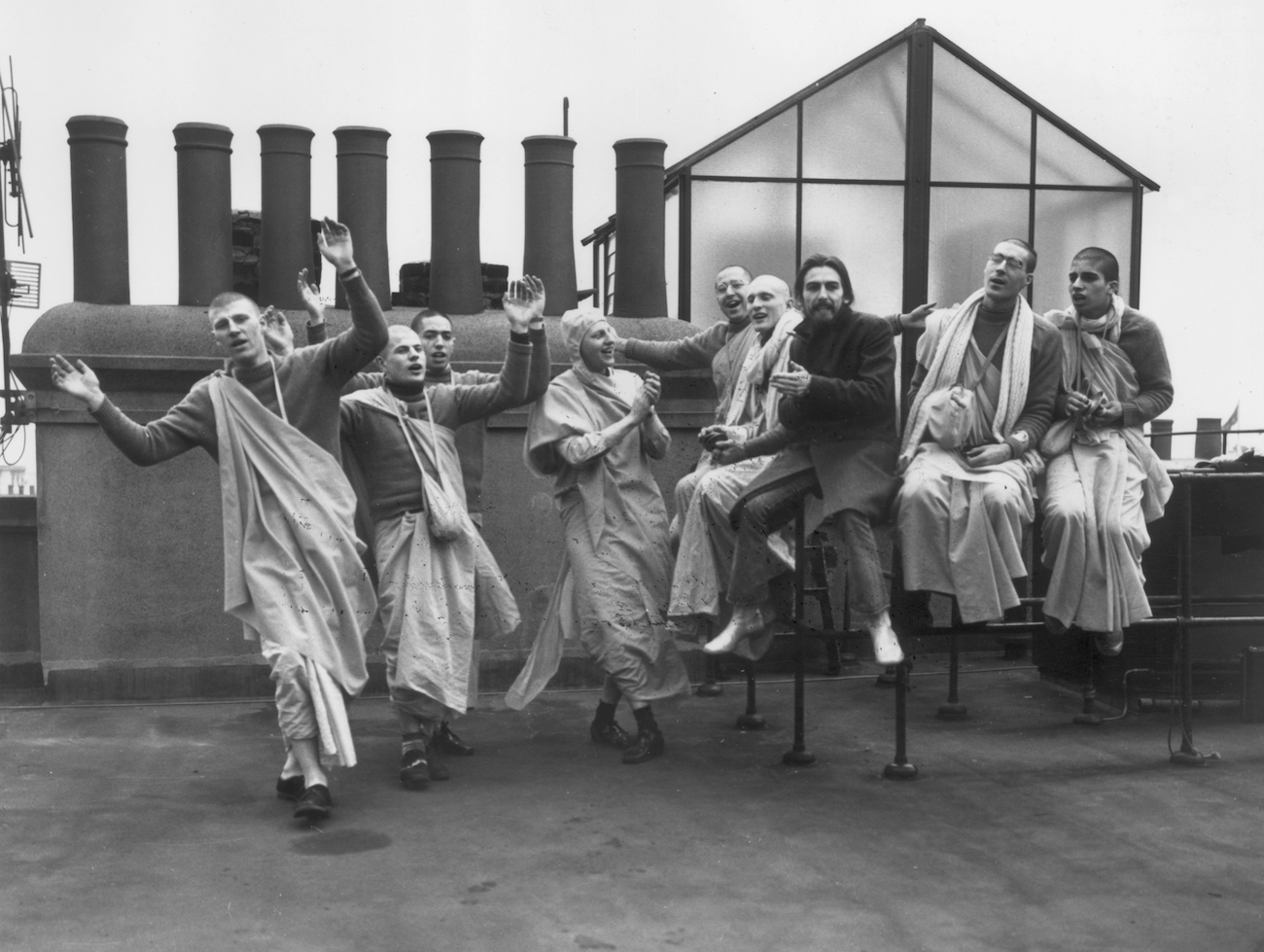
Friends in the Hare Krishna Temple showed George Harrison the yogi, Chaitanya
According to Joshua M. Greene’s Here Comes The Sun: The Spiritual And Musical Journey Of George Harrison, George met Hare Krishna Temple devotee, Shyamsundar, at The Beatles’ 1968 Christmas party. Shyamsundar invited the Beatle to visit him and the rest of the devotees at their make-shift temple/home in Covent Garden, London.
When George arrived, his friends showed him their altar. “Mounted on a far wall of the loft, a cloth-covered shelf displayed pocket-size photos of shaven-headed men in robes,” Greene wrote. “Incense and candles burned in small brass holders.
“On the altar stood eight-inch brass figures, one male and one female, in elaborate miniature gowns decorated with sequins and colored stones. Gurudas described that the Krishna tradition acknowledged God as both male and female.”
Also on the altar was a golden figure of Chaitanya, the “golden avatar.” Gurudas said, “Chaitanya started the street chanting in Bengal in the sixteenth century. One day in San Francisco, we moved our chanting outdoors, the way Chaitanya had done it. When Prabhupada heard about it, he said, ‘Lord Chaitanya has inspired you,’ and he asked us to continue street chanting every day.
“So when we got to London, we just did what we had been doing in the States. It may have had some historic significance, but we did it mostly because it made us feel good and people on the street liked it.”
George later fulfilled Chaitanya’s prophecy.
How George fulfilled the prophecy of an ancient yogi
Eventually, George realized he needed to help his friends in the Hare Krishna Temple make an album. “I can see it now—the first Sanskrit song in the top ten,” George said.
George invited the devotees to the recording studio where they recorded the “Hare Krishna Mantra.” Greene wrote, “This is going to be big, he thought. Doing something big was important to him, even if it meant sacrificing his privacy and reputation to do it.
“He wanted to do God’s will, whatever it might be, and was ready to leave everything behind if that’s what it would take to get it done.
“Chanting God’s names steadied his mind, and George felt purified of anger and greed. Beyond wanting that peace for himself, he felt a calling to reach people who had no knowledge of spiritual life. Recording mantras would be his way of giving back something for all he had received.
“The world would acknowledge that gift or not; that was out of his hands. But at least he would see to it that as many people as possible heard the chanting.”
Apple released “Hare Krishna Mantra” in August 1969. They had no idea how the world would react to “a Sanskrit prayer set to a rock drumbeat.” However, the single received favorable reviews and earned constant airplay on U.K. radio. It quickly went to No. 1, fulfilling George’s own prophecy.
The devotees even performed the song on Top Of The Pops. George called the single’s success “one of the greatest thrills in my life.” Soon, the devotees became celebrities like George and toured Europe.
“The phrase ‘Hare Krishna’ earned constant airplay on radio and television,” Greene wrote. “It poured out of speakers in clubs and restaurants and found its way into newspapers, magazines, movies, and comedy routines.” Even the rock musical Hair included a chanting scene and invited the devotees to dance and sing the mantra during the finale. Soon the words “Hare Krishna” spread over the world.
“When the Beatles had sung ‘All You Need Is Love’ on a live satellite broadcast in June 1967, the worldwide transmission reached more than five hundred million television viewers, a feat that had required more than a hundred technicians,” Greene wrote.
“Now, barely two years later, George was reaching an even larger audience with a hit song he produced himself—and in doing so, he was also helping to fulfill a prophecy dating from the sixteenth century.
“‘One day,’ avatar Chaitanya had predicted, ‘the chanting of the holy names of God will be heard in every town and village of the world.’ And so they were.”
George helped the devotees record ‘The Radha-Krishna Temple’
In 1969, George’s work of spreading the word of spirituality wasn’t over. He invited the devotees back to the recording studio to record their album, The Radha-Krishna Temple. George discovered that he liked producing the album more than any pop record.
“Well, it’s just all a part of service, isn’t it? Spiritual service, in order to try to spread the mantra all over the world. Also, to try and give the devotees a wider base and a bigger foothold,” George told Mukunda Goswami (per the Guardian).
Goswami asked him, “How did the success of this record of Hare Krishna devotees chanting compare with some of the rock musicians you were producing at the time, like Jackie Lomax, Splinter, and Billy Preston?”
“There was less commercial potential in it, but it was much more satisfying to do, knowing the possibilities that it was going to create, just by doing a three-and-a-half-minute mantra,” George replied. “That was more fun really than trying to make a pop hit record.”
George didn’t need to produce No. 1 singles or albums to spread the word of spirituality. Being spiritual himself was enough.
